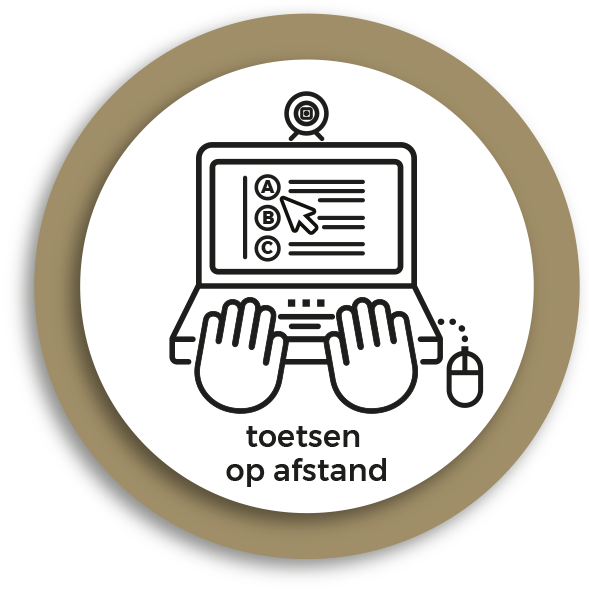Definition
In an online presentation, a student gives a presentation or pitch on a certain subject, either individually or as a group, using video conferencing software. The student may also use presentation tools, drawings, plans or models during the presentation. The presentation can be given live or can be pre-recorded, and there may be time during or after the presentation for questions. Presentations are suitable for assessing the following levels of cognitive learning: remembering, understanding, applying, analysing, evaluating and creating.
Online
Students need different skills to give an online presentation. As well as the ability to use video conferencing software, the presentation may also need to be adapted to the online setting. A physical poster presentation really is …
Approach
Preparation
Assessment form If a presentation is to be given online, you may need to make some changes to the assessment form as not every criterion can be assessed online. For example, it is difficult to judge whether the student …
Tips
*Give students the opportunity to practice an online presentation by planning an online session in which students can practice with each other. Make sure that they have a copy of the assessment form and let them give each other feedback based on the form. The students learn a lot about their own performance through peer feedback, improve their capacity for self-reflection and inspire each other. See this brochure by Inholland (in Dutch) for more information on organising peer feedback. *Provide the student with feedback immediately after the presentation and before giving a grade, as this is when the student is most receptive to the feedback. *Feedback can also be provided as subtitling in the recorded video, so that the student can see exactly what the feedback refers to. *Students can record their presentation/pitch beforehand, which can be especially useful for students with fear of failure. Giving a presentation online gives students the opportunity to display their creativity in different ways. The disadvantage, however, is that they cannot interact with the audience and the lecturer when recording the video. Time should therefore be planned for an online questions and answers session and for providing feedback after viewing the presentation. There is also a danger that other skills (e.g. video editing) may subconsciously play a role in the assessment of the presentation. *An online presentation on completion of a thesis or a work placement may seem impersonal to a student and may not reflect the effort made. In such cases, a face-to-face presentation is clearly preferable. See whether it is possible to encourage a feedback culture, for example by giving some of the assessment a formative rather than a summative function. You can read more about this in the book Toetsrevolutie (in Dutch).

